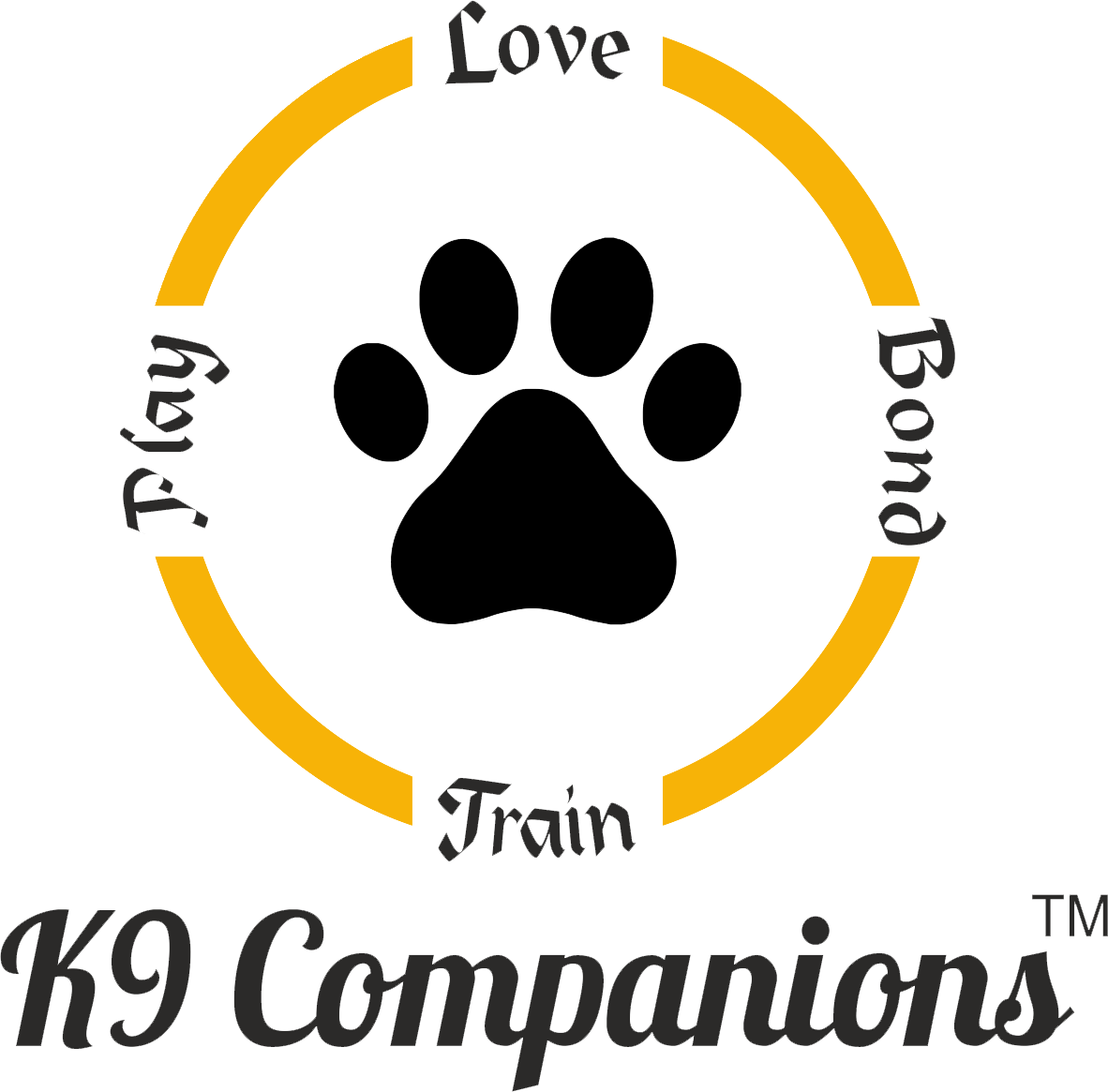BEHAVIOUR CONSULT
A dog behaviourist is a person who helps you identify the cause of a behaviour problem and help design a customised behaviour plan for your dog keeping in mind several criteria’s like age, gender, breed, physical discomfort and lifestyle of your dog and to help the owners learn how to execute that plan.
Behaviourist is a person who works in modifying or changing behaviour in dogs and also help pet parents understand why a particular behaviour is being carried out, in other words, help them identify the triggers. I strongly believe that a good behaviourist is one that has a sound understanding and knowledge of not only dog behaviour but has years of experience working with dogs as a trainer as well.
Many people I have come across don’t even know that certain behaviours are “Problem Behaviours.” Why live with it, when there is help!! Does your dog drive you crazy with a problem behaviour?
Remember
“By skirting the issues and suppressing the behaviours, by viewing behaviours in vaccum, we can never reach root cause and modify the behaviour”
GET STARTED! BY SCHEDULING YOUR FREE PHONE CONSULT TODAY!
We make it easy to look up and solve the exact behavioural issue that you’re struggling with whether you’re dealing with a new puppy, an adult dog you’ve had for years, or a recently adopted rescue. We also help you prevent many of these problems from becoming established in the first place.
And much more! Delving deeply into why dogs do what they do and how to work through any problems that might arise! Together with your help we prove that it’s never too late to correct behavioural issues.
Separation anxiety

A mother always teaches the pups to be comfortable alone by going in and out of the puppy pen. It’s when we get the puppy home we shower extra fuss initially, too much time given and no routine can cause severe separation anxiety for your dog when after the first week you decide to then start with your daily routines, whining when left alone to being destructive and also many a times pacing up and down, barking incessantly bringing the neighbourhood down, increased heart rates, palpitation, self mutilation and generally a fear of being left behind for good.
Follow a standard routine with your dog from the very first day that you get your dog home! In picture this beautiful INDIE Sherni, came to me with severe separation anxiety and is so much better now!
Resource guarding
We have had dogs resource guarding people, their own vomit, dining table, objects and so much more.
Meet Lucy a Cocker spaniel, she has something known as RESOURCE AGGRESSION.
Very happy dog otherwise, friendly to everyone until she has something that she does not want to share! She was not taught the concept of sharing and trusting people enough with articles around like her toys or objects like socks, duster or even shoes. She would protect by growling and when forced to share would even bite. Teaching her to trust, to share and receive much more and to build a relationship with the human parents and other family members showed her not to use aggression! We understand you Lucy!
Socialisation in dogs
First step in socialisation whether its pups or older dogs is FAMILARISATION. Getting the dog or pups to see and experience from a distance different people, their attires ,smells, sounds children playing, traffic noises and dogs.
Socialising does not mean your dog should pounce on other dogs always to play! Teach them to be comfortable around other dogs and RESPECT eachothers space.
A Well socialised dog is one that understands the body language of other people and other dogs and knows how to conduct themselves accordingly.
How to meet nervous dogs?
What’s happening here? Why a dog lady like me is sitting without a movement? No loving the dog! Meet Shadow, a seriously nervous dog who doesn’t like people coming home, has issues if they touch him and look at him. All a nervous dog ever wants is time and distance to evaluate a situation.
Highly evolved COLD NOSE
Most behaviour problems in dogs arises due to lack of stimulation in daily life and boredom.
All charged up olfactory, a dogs nose is a precision instrument. It sniffs about 5 times per second with close to 300 million olfactory receptors to catch different kinds of smells. They can smell a table spoon of sugar in an olympic size swimming pool, if they knew the name of the spices that we Indians use in our daily cooking they would precisely be able to tell us what goes in.
“Hope you divide your dogs walk into POWER WALKS and SNIFF WALKS. Both are equally important as one physically tires and the other mentally stimulates them.”
See the world from their point of view too!
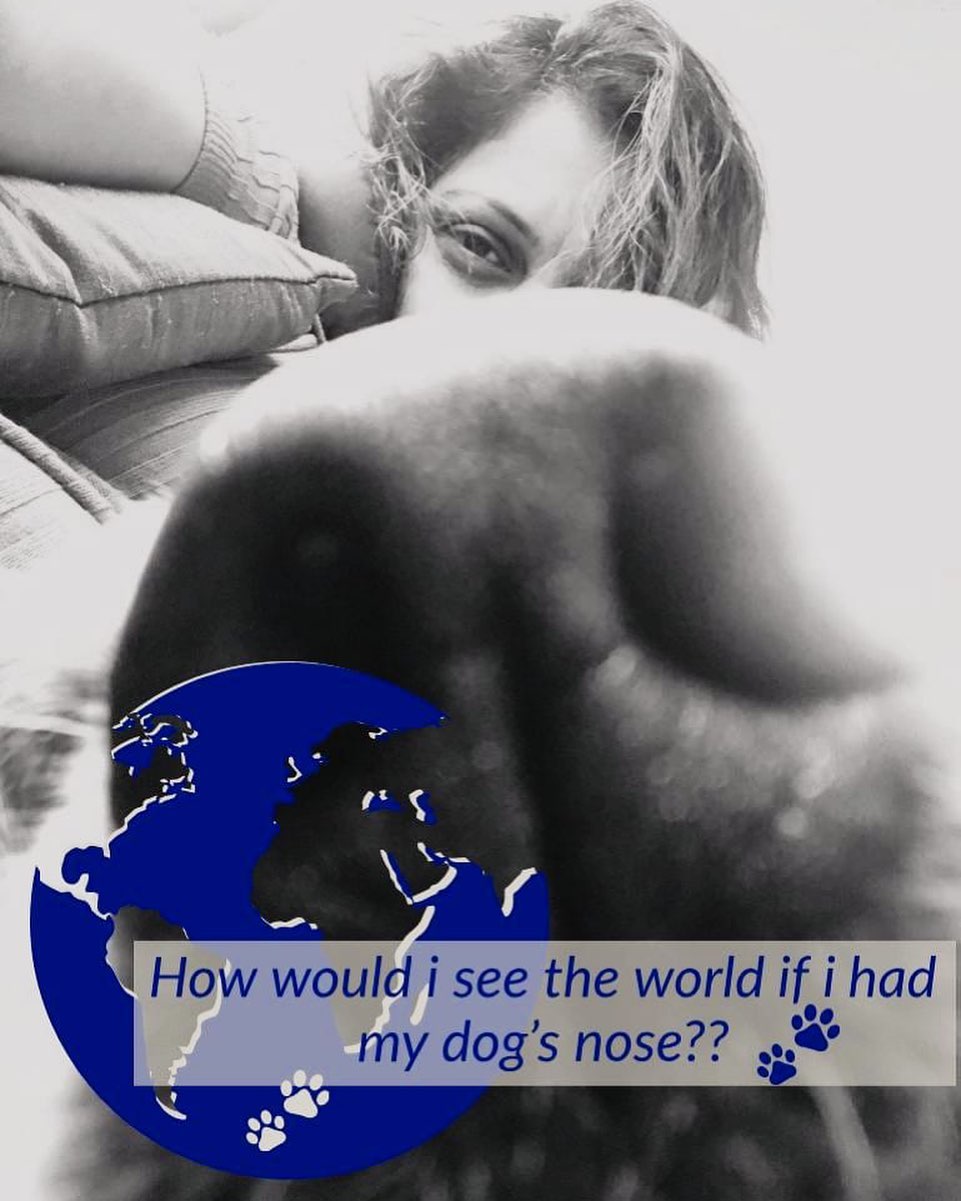
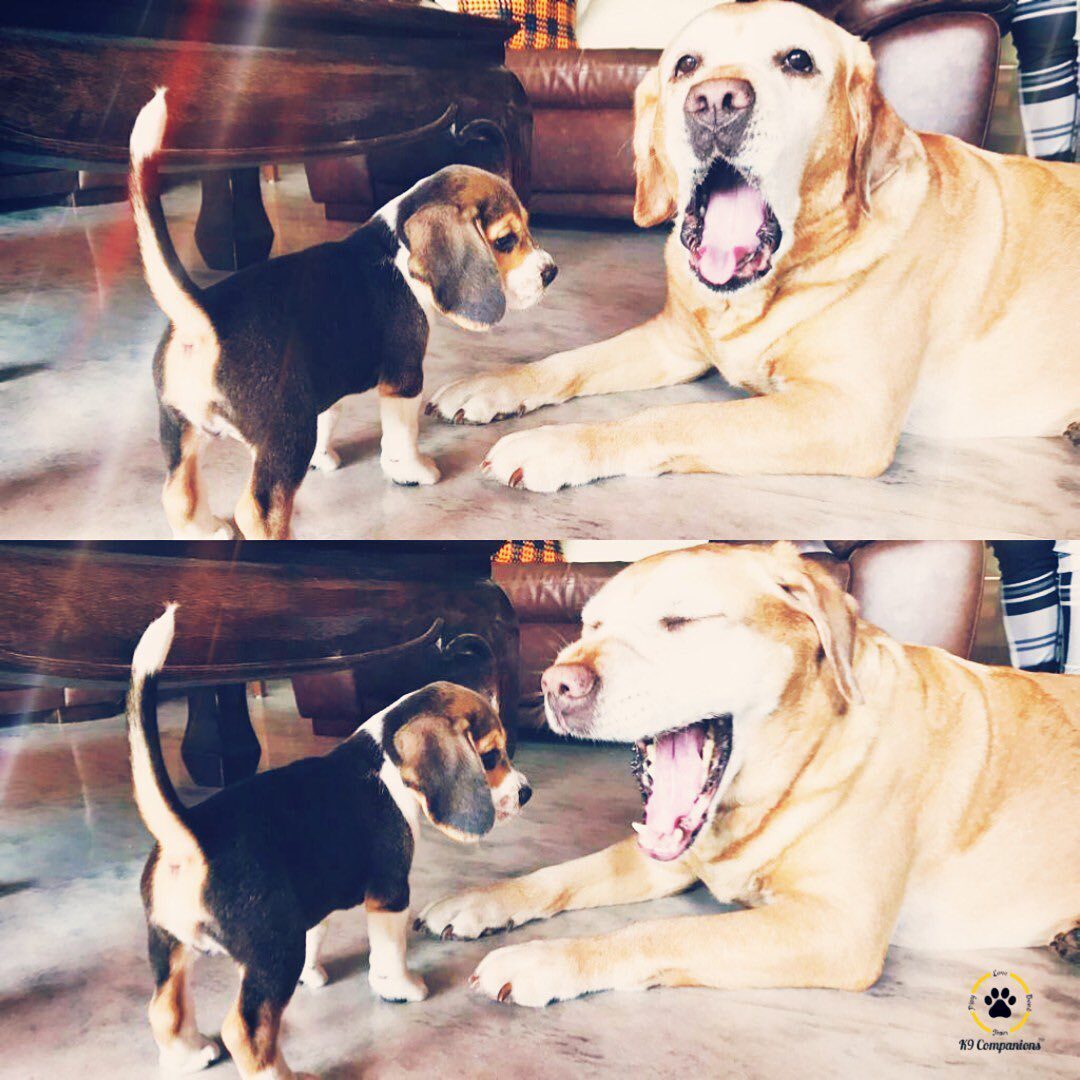
Calming signals in dogs
Did you know in canine language a YAWN is considered a calming signal? In picture Sundaree is clearly telling this pup, ”Stay away, am not very comfortable in you coming too close to check me out!” I must say the pup obliged but what happens when humans either ignore or don’t understand these subtle signs that the dog gives. The end result is usually either stress to your dog or bite because you are unable to read a dogs body language and also accept the fact its a different species and no matter how much we humanise by calling them our kids at the end of the day, IT’S A DOG.
Learn how to read your dogs body language and calming signals. Communication is a two way street! Learn how to speak their language too!
Rethink- K9s
Be your dog’s biggest reward! Don’t just become a food dispenser in the process of training your dog. You may use them to enhance the learning process and later randomise them.
Use natural rewards like PLAY, PRAISE AND AFFECTION!
To use these effectively we need to learn the likes and dislikes of our dogs along with the sound knowledge of how and when to effectively use which one!
There are many training methods in the dog training field but am sure all of them will agree that there has to be a deep connect between the owner and the dog to begin with.
When we tap into emotions and feelings we build a bond, that is above any treats or any tool!
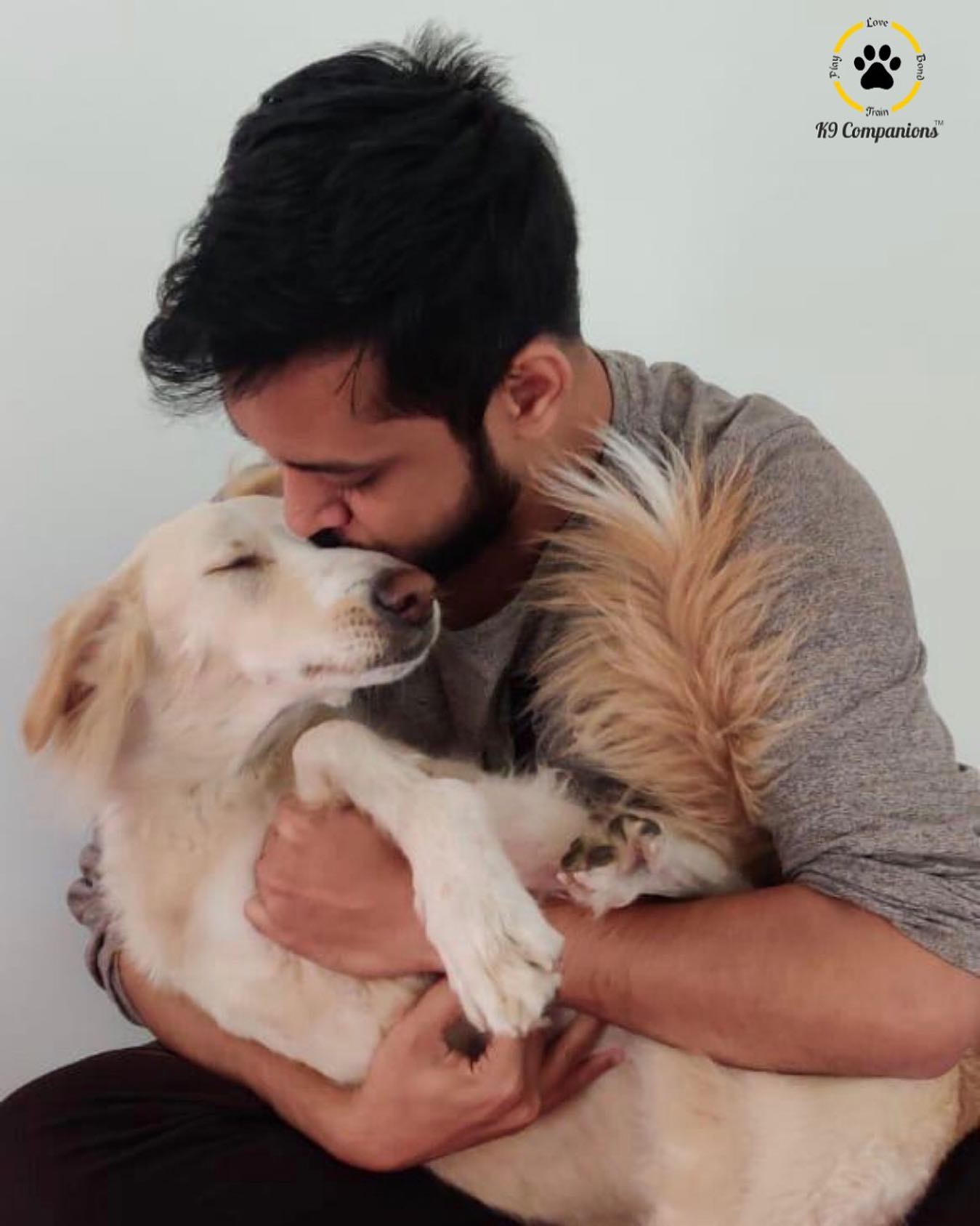
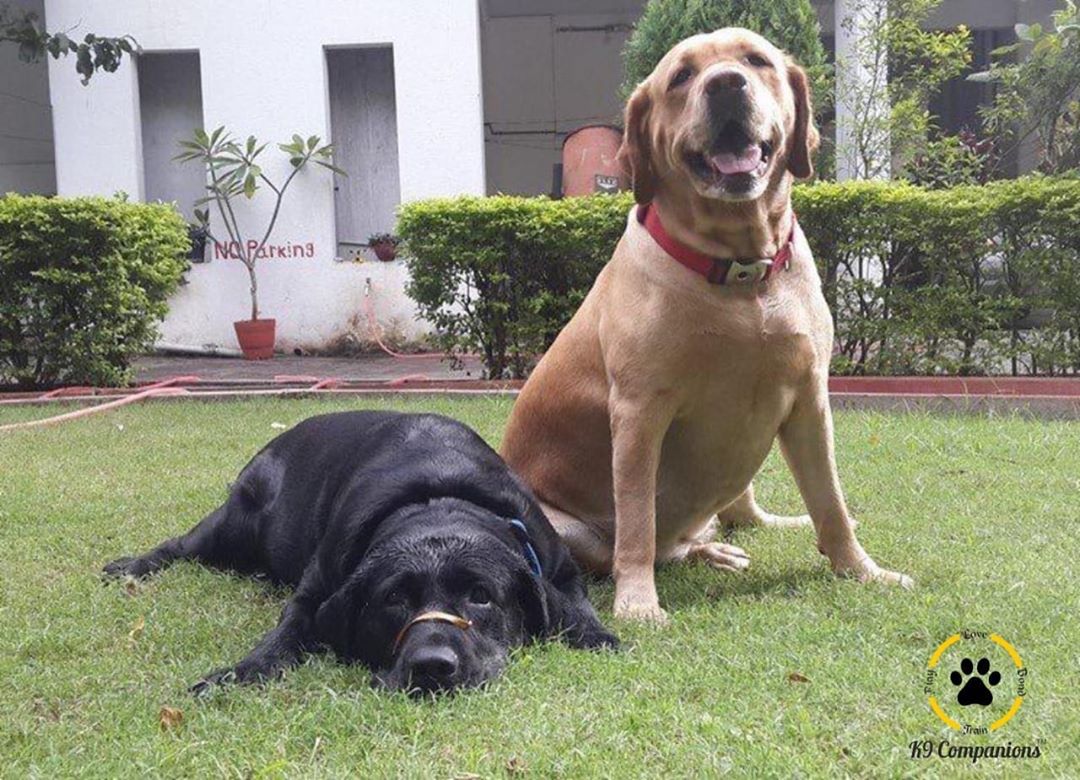
Capturing a calm behaviour
Ever wondered how we pay extra attention to a dog that goes hyper out of proportion and spend an incredible amount of energy to calm them down, in turn giving them that extra attention for an unwanted behaviour.
When we appreciate a dog’s relaxed state of mind, like petting a dog that is in a settled position next to us and appreciating it, we reinforce calmness in them. We teach what is appreciated and give attention for the right behaviour.
Teach an alternate behaviour
Most owners know what they don’t want their dog to do but don’t teach their dog to do what they want them to do.If you don’t know what you want out of your dog, it’s going to be really hard for your dog to figure it out. We humans often fall into the trap of saying, “I want my dog to not jump on people,” or “My dog needs to stop pulling on the leash.” or “My puppy needs to stop mouthing me”. You cannot train the absence of something. You must give your dog clear criteria for a behaviour that is incompatible with any unwanted behaviour. In other words direct them towards another behaviour whilst they are carrying out an unwanted act. Ex. Teaching a dog to sit when you don’t want them to jump on you!
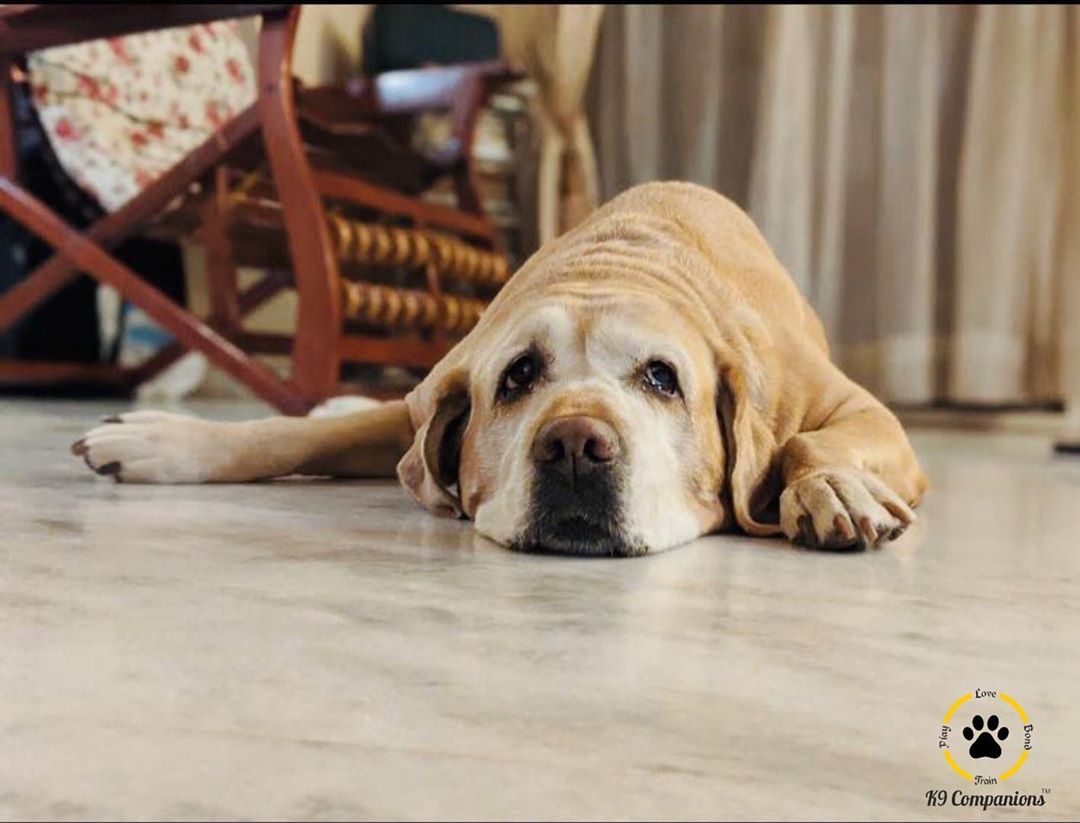
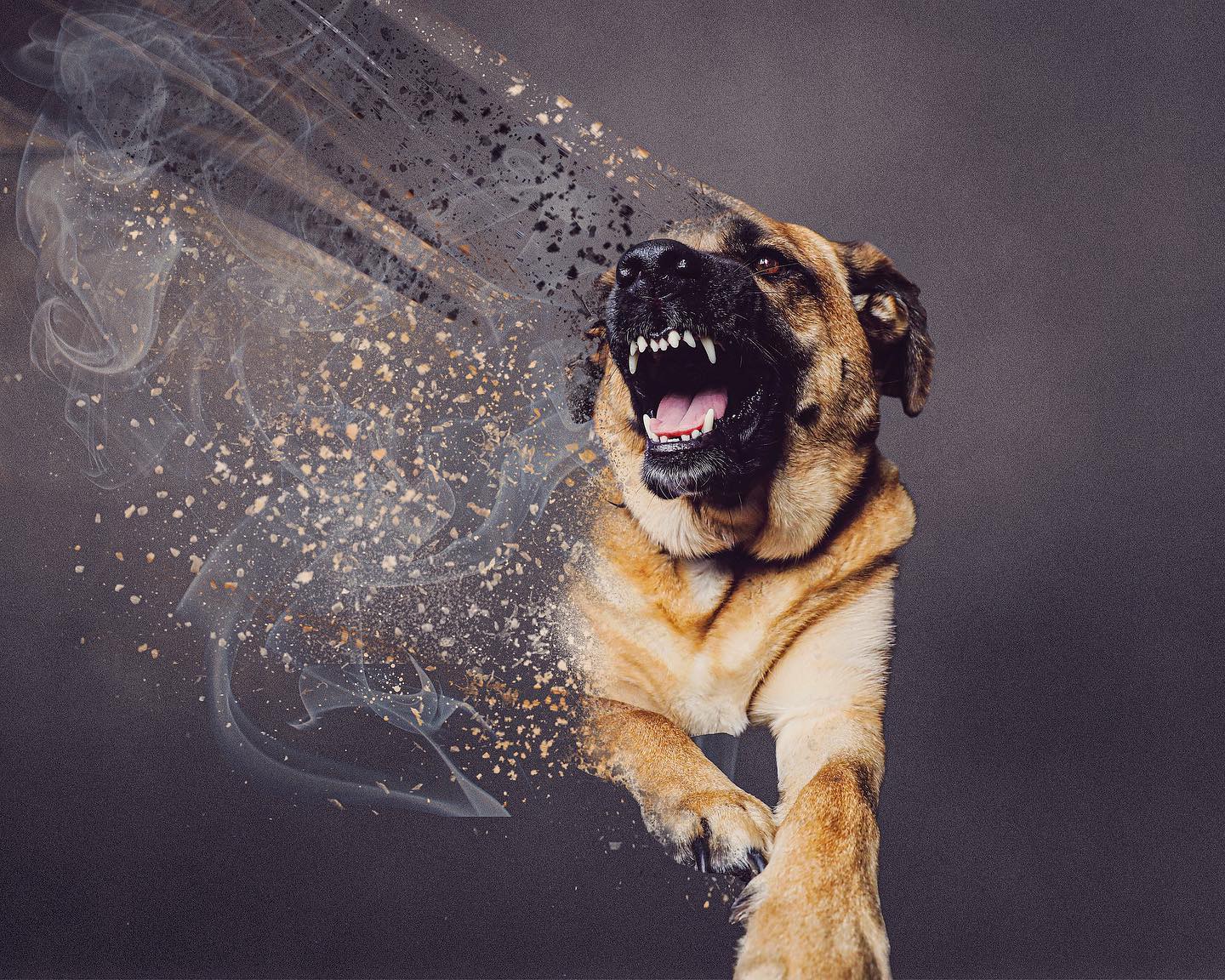
Is your dog really Aggressive or is it an illusion?!
A dog that deems itself physically weaker than the opponent, might very quickly learn to display fear based aggressive response to keep dogs away! It might not threaten the other dog but the aggressive display is enough to make the owner pull their dog to safety.For the aggressor the display is now enough to reinforce the behaviour in his mind, as a behaviour that works.
Your dog might not ‘be aggressive’, it could just be wearing a mask to scare other dogs by this display!
Rethink k9s
Correct interpretation of body language
Do you ever pay attention to the silent conversations with your dog?! One such is Freeze. What should you do when you see your dog FREEZE?
It’s a very quiet signal but one that speaks volumes in the dog language.Freeze is a warning telling others that this particular situation may or may not escalate.Can you relate to your dog having a toy in his/her mouth or guarding a toy when you go close to get it, the dog freezes! What do you do then? Scold or back off? Ideally one must back off and start from teaching our dogs concept of sharing, trusting and slowly building confidence in the hand that approaches making them realise that we provide more than take away from them. THINK ABOUT IT!
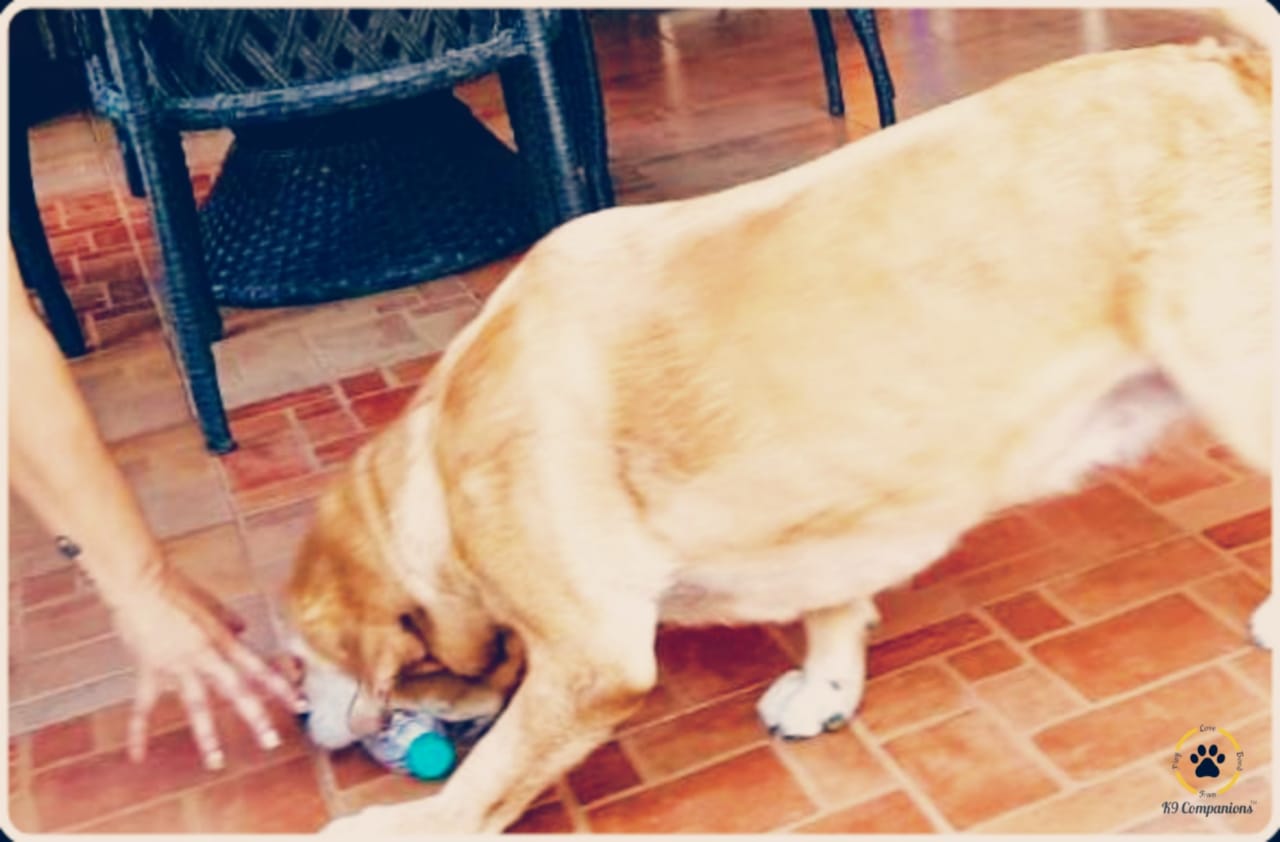
To register for your first Behaviour consult, Contact Us Now!
